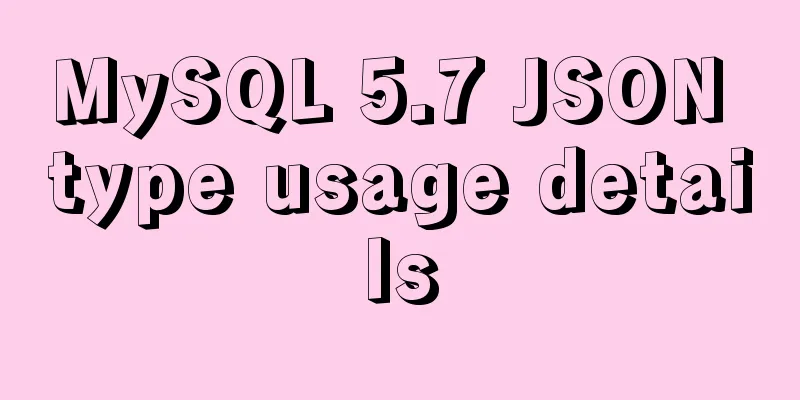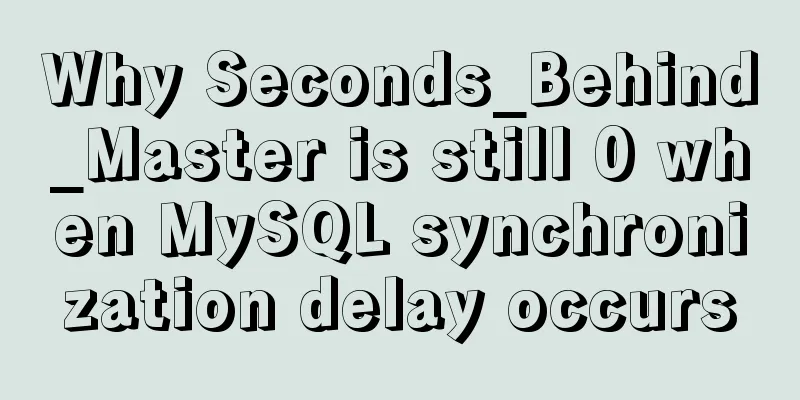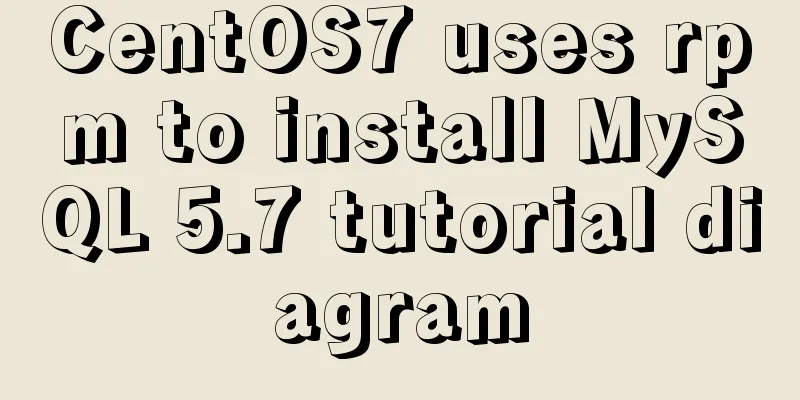MySQL 5.7 JSON type usage details

|
JSON is a lightweight data exchange format that uses a language-independent text format, similar to XML, but simpler than XML, easier to read and write. It is easier for machines to parse and generate, and reduces network bandwidth transmission. The format of JSON is very simple: name/key-value. In previous MySQL versions, to implement such storage, either VARCHAR or TEXT large text was used. After the release of MySQL 5.7, the JSON data type and the retrieval and other function parsing of this type were specially designed. Let's first look at JSON access in older versions of MySQL. Example table structure: CREATE TABLE json_test( id INT, person_desc TEXT )ENGINE INNODB; Let's insert a record:
NSERT INTO json_test VALUES (1,'{
"programmers": [{
"firstName": "Brett",
"lastName": "McLaughlin",
"email": "aaaa"
}, {
"firstName": "Jason",
"lastName": "Hunter",
"email": "bbbb"
}, {
"firstName": "Elliotte",
"lastName": "Harold",
"email": "cccc"
}],
"authors": [{
"firstName": "Isaac",
"lastName": "Asimov",
"genre": "sciencefiction"
}, {
"firstName": "Tad",
"lastName": "Williams",
"genre": "fantasy"
}, {
"firstName": "Frank",
"lastName": "Peretti",
"genre": "christianfiction"
}],
"musicians": [{
"firstName": "Eric",
"lastName": "Clapton",
"instrument": "guitar"
}, {
"firstName": "Sergei",
"lastName": "Rachmaninoff",
"instrument": "piano"
}]
}');Generally speaking, if we encounter such storage in JSON format, we can only take out this record and hand it over to an application, which will parse it. Now in MySQL 5.7, we modify the following table structure: ALTER TABLE json_test MODIFY person_desc json; First, let’s take a look at the keys of the inserted JSON data: mysql> SELECT id,json_keys(person_desc) as "keys" FROM json_test\G *************************** 1. row *************************** id: 1 keys: ["authors", "musicians", "programmers"] row in set (0.00 sec) We can see that there are three keys, namely authors, musicians, and programmers. Now find a KEY and get the corresponding value:
mysql> SELECT json_extract(AUTHORS,'$.lastName[0]') AS 'name', AUTHORS FROM
-> (
-> SELECT id,json_extract(person_desc,'$.authors[0][0]') AS "authors" FROM json_test
-> UNION ALL
-> SELECT id,json_extract(person_desc,'$.authors[1][0]') AS "authors" FROM json_test
-> UNION ALL
-> SELECT id,json_extract(person_desc,'$.authors[2][0]') AS "authors" FROM json_test
-> ) AS T1
-> ORDER BY NAME DESC\G
*************************** 1. row ***************************
name: "Williams"
AUTHORS: {"genre": "fantasy", "lastName": "Williams", "firstName": "Tad"}
*************************** 2. row ***************************
name: "Peretti"
AUTHORS: {"genre": "christianfiction", "lastName": "Peretti", "firstName": "Frank"}
*************************** 3. row ***************************
name: "Asimov"
AUTHORS: {"genre": "sciencefiction", "lastName": "Asimov", "firstName": "Isaac"}
3 rows in set (0.00 sec)Now let's list the detailed values: mysql> SELECT -> json_extract(AUTHORS,'$.firstName[0]') AS "firstname", -> json_extract(AUTHORS,'$.lastName[0]') AS "lastname", -> json_extract(AUTHORS,'$.genre[0]') AS "genre" -> FROM -> ( -> SELECT id,json_extract(person_desc,'$.authors[0]') AS "authors" FROM json _test -> ) AS T\G *************************** 1. row *************************** firstname: "Isaac" lastname: "Asimov" genre: "sciencefiction" row in set (0.00 sec) Let's further demonstrate how to delete all objects corresponding to the KEY authors. mysql> UPDATE json_test -> SET person_desc = json_remove(person_desc,'$.authors')\G Query OK, 1 row affected (0.01 sec) Rows matched: 1 Changed: 1 Warnings: 0 I searched for the corresponding KEY and found that it had been deleted. mysql> SELECT json_contains_path(person_desc,'all','$.authors') as authors_exist s FROM json_test_G *************************** 1. row *************************** authors_exists: 0 row in set (0.00 sec) In summary, although MySQL 5.7 began to support the JSON data type, I suggest that if you want to use it, it is best to take out such values and then calculate them in the application section. After all, the database is used to process simple data. Summarize The above is a detailed explanation of the use of MySQL 5.7 JSON type introduced by the editor. I hope it will be helpful to everyone. If you have any questions, please leave me a message and the editor will reply to you in time. I would also like to thank everyone for their support of the 123WORDPRESS.COM website! You may also be interested in:
|
<<: Steps for Docker to build its own local image repository
>>: Detailed installation tutorial of Docker under CentOS
Recommend
Comprehensive explanation of CocosCreator hot update
Table of contents Preface What is Hot Change Coco...
Design Theory: Textual Expression and Usability
<br />In text design, we usually focus on th...
MySQL Order By Multi-Field Sorting Rules Code Example
Say it in advance On a whim, I want to know what ...
A complete record of the process of building mobile applications using Vue Native
Table of contents Preface Features of Vue Native ...
Use iframe to submit form without refreshing the page
So we introduce an embedding framework to solve th...
DIV common attributes collection
1. Property List Copy code The code is as follows:...
Pessimistic locking and optimistic locking in MySQL
In relational databases, pessimistic locking and ...
Briefly talk about mysql left join inner join
Preface I have been busy developing a cold chain ...
How to use mixins in Vue
Table of contents Preface How to use Summarize Pr...
Detailed explanation of how to pass password to ssh/scp command in bash script
Install SSHPASS For most recent operating systems...
Analysis of Apache's common virtual host configuration methods
1. Apache server installation and configuration y...
Summary of various methods of MySQL data recovery
Table of contents 1. Introduction 2. Direct recov...
MySQL 5.5.27 winx64 installation and configuration method graphic tutorial
1. Installation Package MYSQL service download ad...
Vue uses monaco to achieve code highlighting
Using the Vue language and element components, we...
Detailed explanation of CSS3 elastic expansion box
use Flexible boxes play a vital role in front-end...









